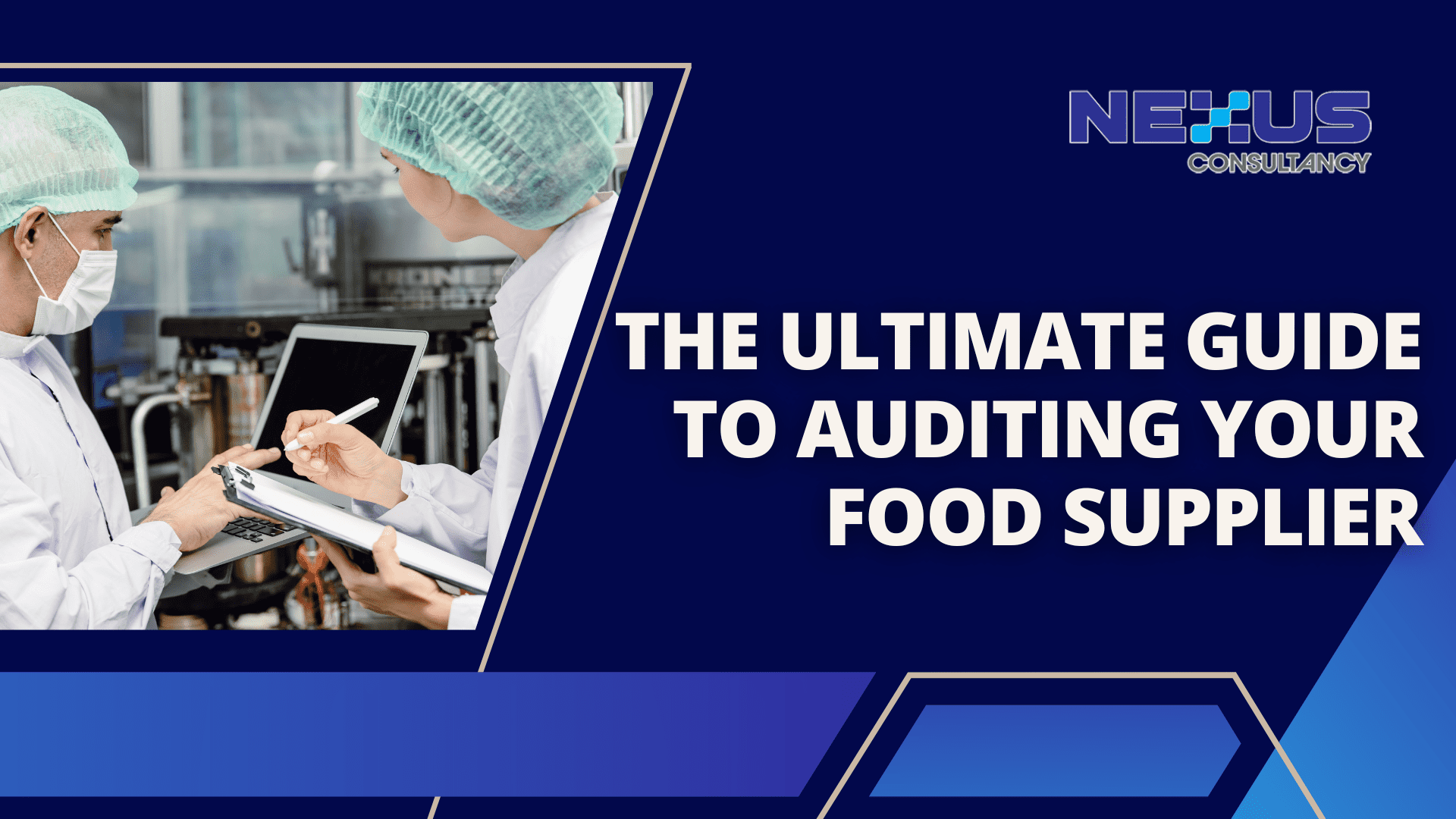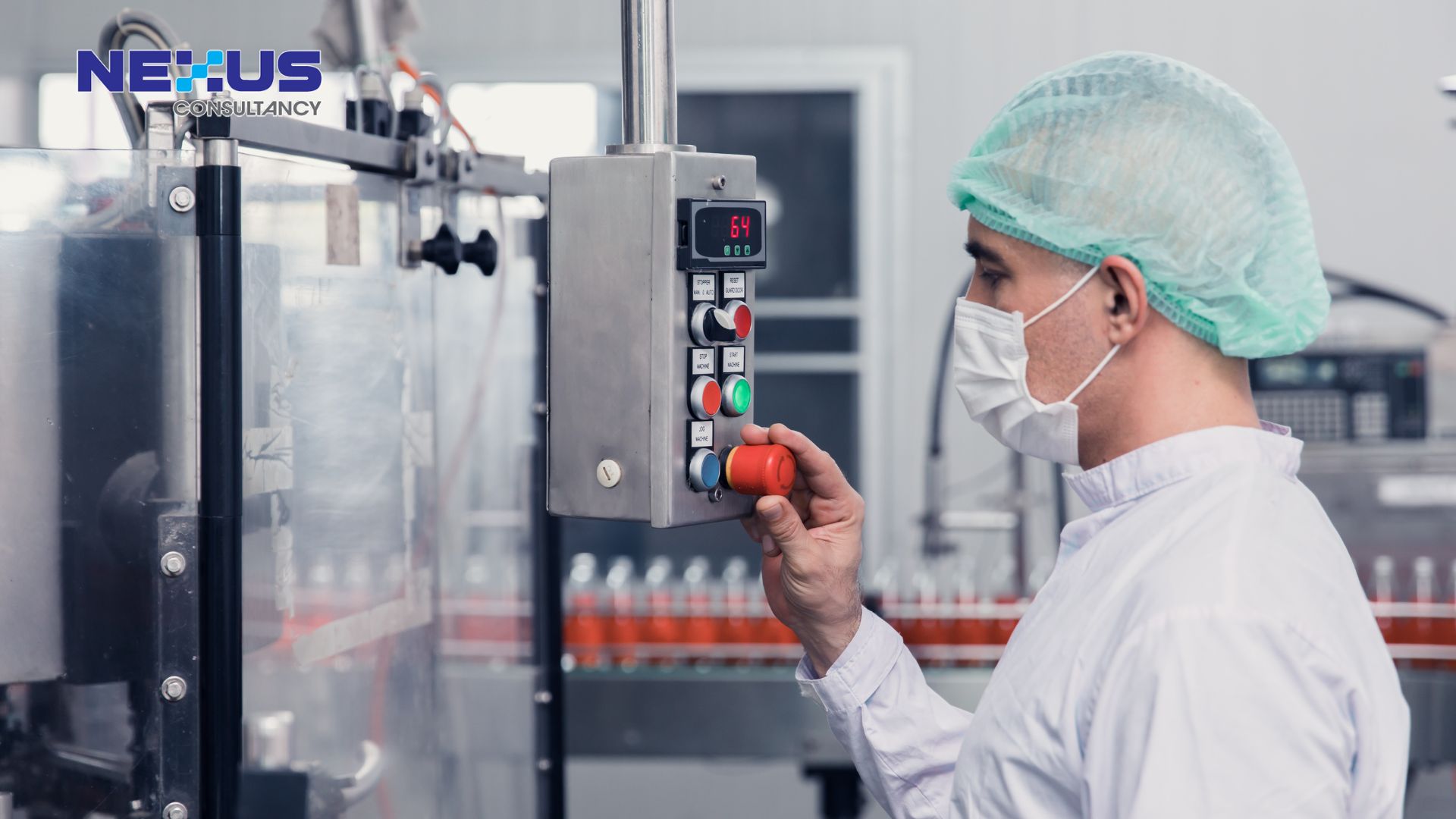
Danielle Tan
Chief Operating Officer
Auditing your supplier can help you identify any areas where they may be falling short, allowing you to make improvements that can benefit both your business and theirs.

Consumers in today’s global market pay extra attention on the quality and safety of the food they purchase due to rising concerns about potential food safety. Retailers and manufacturers need to thoroughly evaluate their food suppliers in order to meet consumers’ expectations and prevent any recalls linked to food safety. Hence, supplier audit has become an important part of food industry quality and safety assurance.
Why Perform a Food Supplier Audit?
- Ensure that suppliers are meeting the food industry’s standards, regulations and requirements before buying from the suppliers.
- Identify potential issues and risks before they become major problems.
- Ensure that suppliers are delivering quality products and services and reduce food safety risks.
- Strengthen your relationships with your suppliers.
According to the following food safety management system standards, the company shall establish and apply criteria for the evaluation, selection, monitoring of performance and reevaluation of external providers of processes, products and/or services. One of the effective ways to evaluate and monitor suppliers’ performance is supplier audit.
The Standards
| FSSC 22000 version 5.1 ISO 22000:2018 |
2.5.1 (FSSC 22000) Management of Services and Purchased Materials 7.1.6 (ISO 22000) Control of Externally Provided Processes, Products or Services 9 (ISO/TS 22002-1) Management of Purchased Materials |
|---|---|
| CODEX HACCP 2020 | 7.2.8 Incoming Materials |
| MS1514:2022 | 5.3 Incoming Materials |
| BRCGS Food Safety Issue 9 | 3.5 Supplier and Raw Material Approval and Performance Monitoring |
What to Cover in Food Supplier Audits
Trained auditors shall visit supplier manufacturing facilities to gather data, inspect operations and evaluate:
-
- Top management’s commitment: For a healthy food safety culture to grow, it’s important for senior leaders to be on board. Any system for making sure food is safe must be effective and make sure that these systems are fully used and are always getting better.
- Food safety or HACCP plan: An effective food safety or HACCP plan enables the company identify and deal with the risks that could affect the safety, quality, and integrity of their products. Hazard analysis and critical control point (HACCP) program must be established based on the requirements of the Codex Alimentarius system, which is well-known around the world.
- Quality and food safety management system: During supplier audit, auditor shall check if the company implements well-documented and systematic management systems. These systems are the basis for the product and process controls that are needed to make sure products are safe and meet customer expectations.
- Pre-requisite programs/ good manufacturing practices: This covers the suitability, cleanliness and control of the site and includes topics such as factory conditions, cleaning, equipment, pest control, foreign body controls, food defense/ site security and personnel hygiene.
- Product and process control: Setting up controls on products, like managing allergens, preventing food fraud, and product testing, is important for delivering safe and quality products. Auditor shall check if written HACCP plan is implemented every day, along with effective procedures that make sure the product is always of the right quality.
Supplier audits may also take into account the following factors in light of the rising demand for ESG:
- Social compliance: To ensure that suppliers are in compliance with local labor laws and regulations, and ensure their practices do not violate any human rights standards. These audits involve an assessment of the supplier’s policies, procedures, and working conditions.
- Environmental impact: An evaluation of a supplier’s operations and practices to determine their effect on the environment. The audit may cover the supplier’s production processes, use of resources, waste management, and other environmental concerns. It may also include an assessment of the supplier’s compliance with relevant environmental regulations.

Auditing Your Food Suppliers in 8 Simple Steps
#1. Define the Audit Scope: Identify the supplier and the products or services that will be covered by the audit.
#2. Establish Audit Criteria: Establish audit criteria and standards that the supplier must meet in order to pass the audit.
# 3. Review Supplier Documentation: Review supplier documentation such as quality management systems, processes, and procedures related to the products or services being audited.
#4. Assess Supplier Performance: Assess supplier performance against the established criteria and standards. Supplier can be assessed using a self-audit questionnaire consists of questions related to food safety and quality information.
#5. Conduct an On-site Visit: Conduct an on-site visit to observe supplier processes and operations and to verify that the supplier is in compliance with the established criteria and standards.
#6. Document Findings: Document any findings related to the audit.
#7. Provide Feedback: Provide feedback to the supplier on any findings and corrective actions that need to be taken.
#8. Follow-up: Follow-up on the corrective actions taken to ensure that the supplier is in compliance with the established criteria and standards.
Start Auditing Your Food Suppliers Today
Auditing your supplier can help you identify any areas where they may be falling short, allowing you to make improvements that can benefit both your business and theirs. Don’t wait any longer – assess and audit your supplier now to ensure that you are getting the best quality service and safe products possible. Take action today to ensure that your supplier is auditing their processes and operations to the highest standards.
Reference/Source:
- ISO 22000:2018 Food safety management systems – Requirements for any organization in the food chain.
- https://www.qadex.com/what-happens-in-a-food-supplier-audit/






